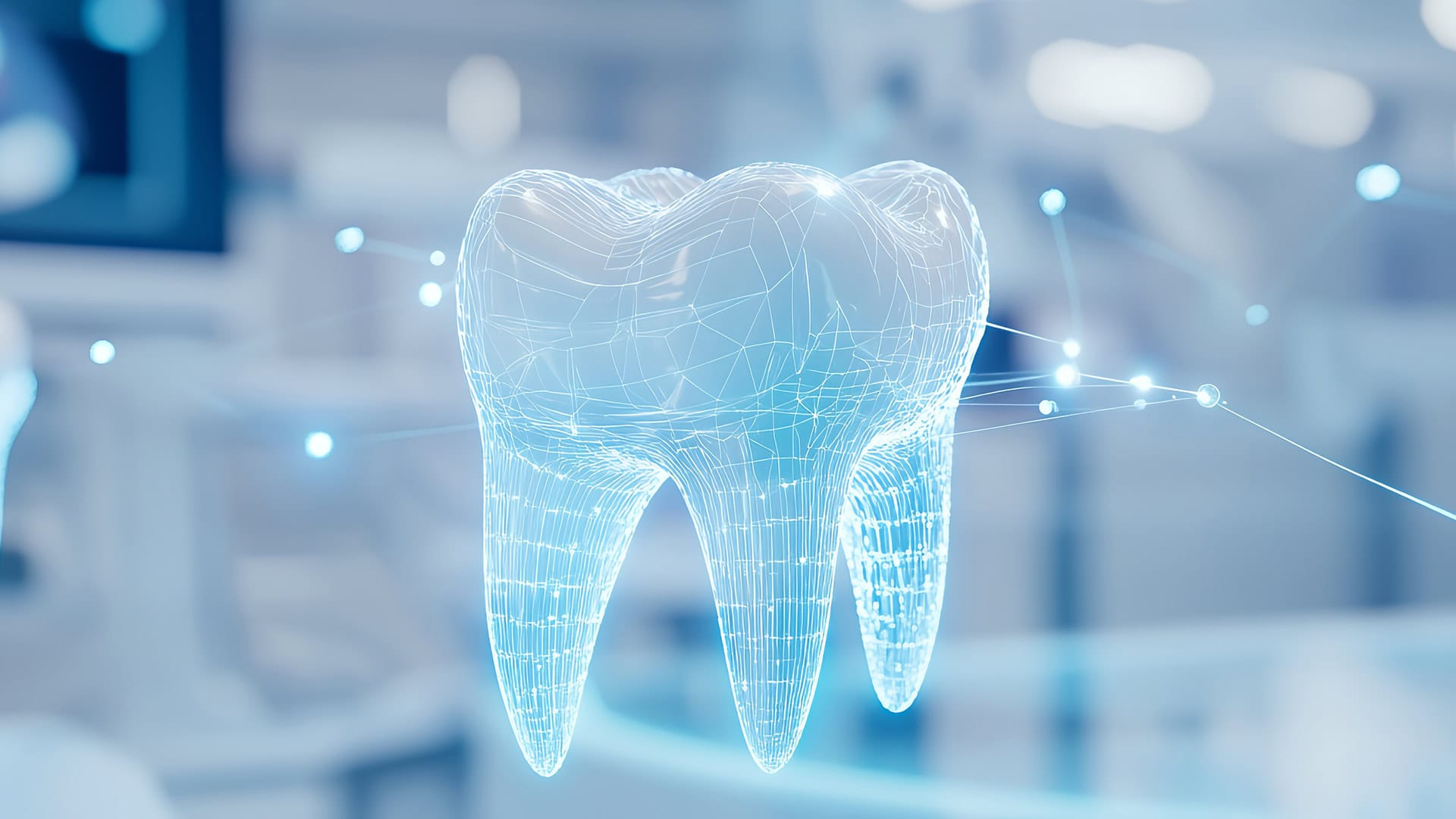Root Canals
Moderate to severe pain when eating hot or cold foods likely means your tooth root is infected. Call today to schedule an appointment with one of our highly trained dentists.
What is a Root Canal?
A root canal saves a damaged or infected tooth. It involves removing the infected pulp (the soft tissue inside the tooth), cleaning and disinfecting the root canals, and sealing them to prevent further infection. This treatment relieves pain, restores tooth health, and helps preserve a natural smile.
At Washington Smiles, we do everything possible to ensure a comfortable office visit for your root canal procedure. We offer several types of sedation to ease your anxieties and worries. Many patients only experience minimal discomfort with sedation and local anesthetics during root canal treatment.

What to Expect During the Root Canal Procedure
We may complete your root canal treatment here in our office or refer you to an endodontist specializing in root canal procedures. This is what happens during the root canal procedure:
- The dentist creates an opening in the tooth’s hard surface and uses a unique tool to clean out the soft tissue, bacteria, infections, and nerves.
- After the soft tissue is removed, the dentist will use a unique filling material to prevent future infection in the empty spaces, including the root canals. Sometimes, the dentist may wait one week to ensure the infection is gone before permanently filling the tooth. In the meantime, a temporary filling will close the tooth until the next appointment.
- After root canal treatment, your tooth may be slightly more brittle than the other natural teeth in your mouth. Because of this, a dental crown may be created and placed on your tooth. This will provide extra support for your new tooth.
Contact Us
Complete the form below for a consultation. A team member will contact you as soon as possible upon receiving it.







